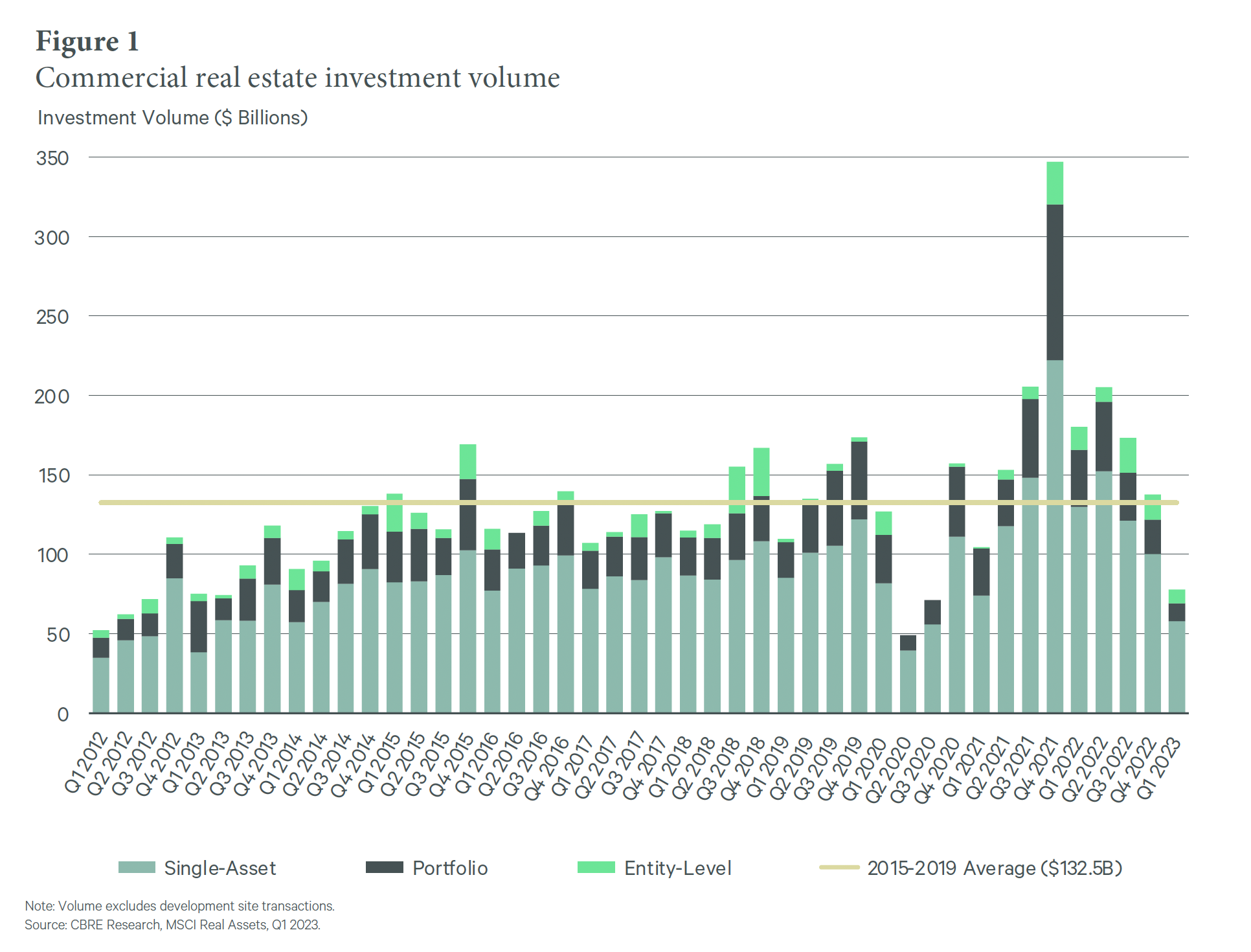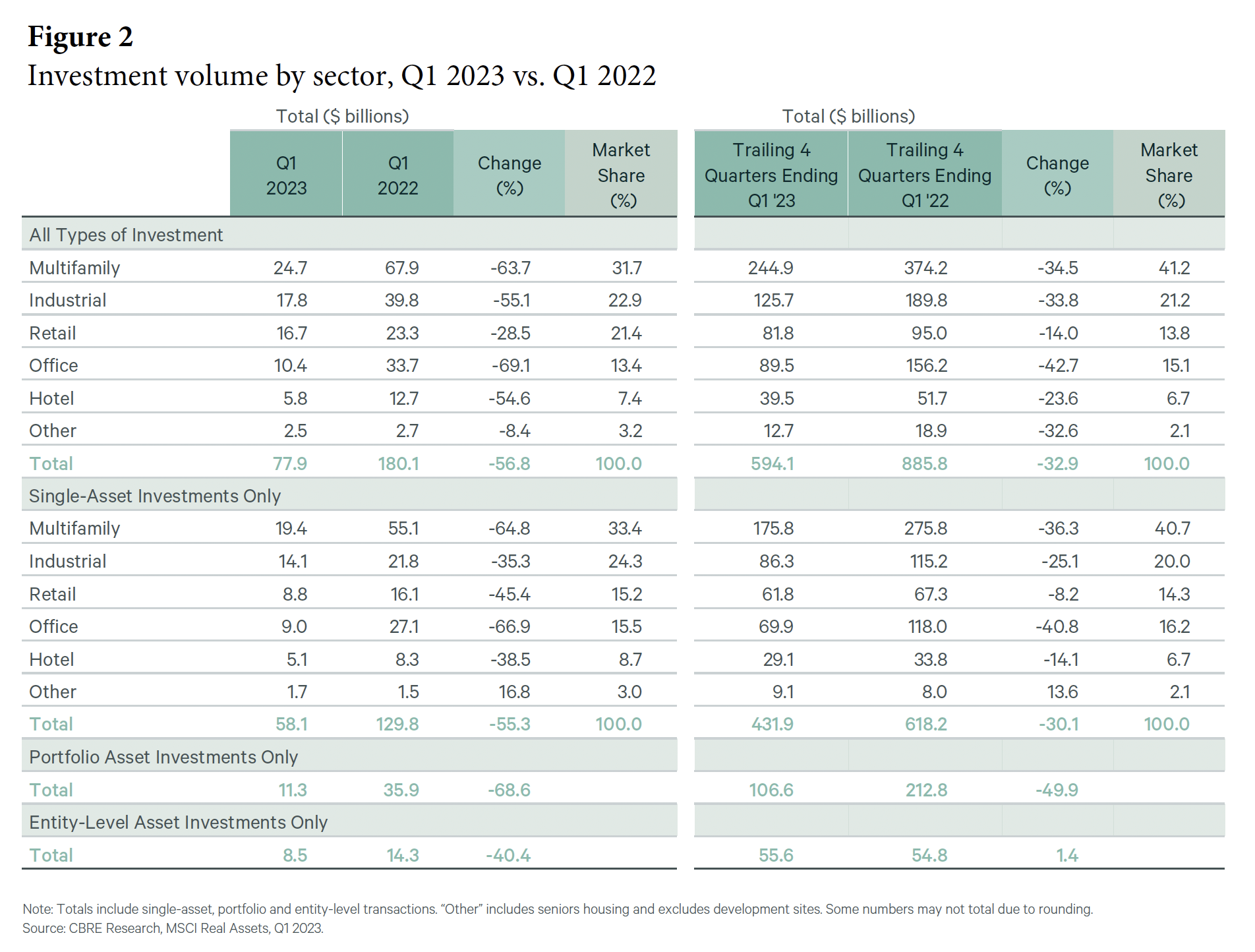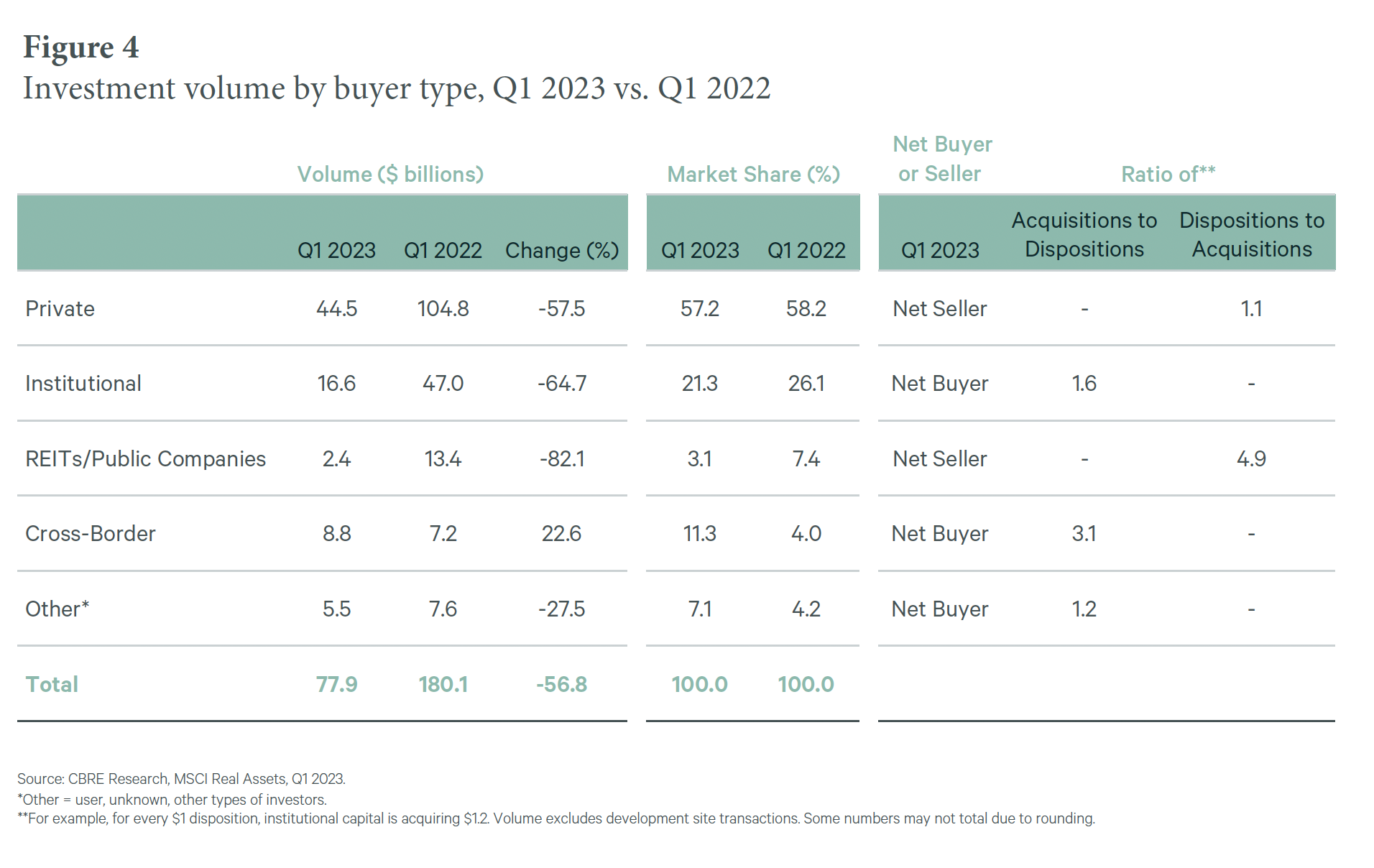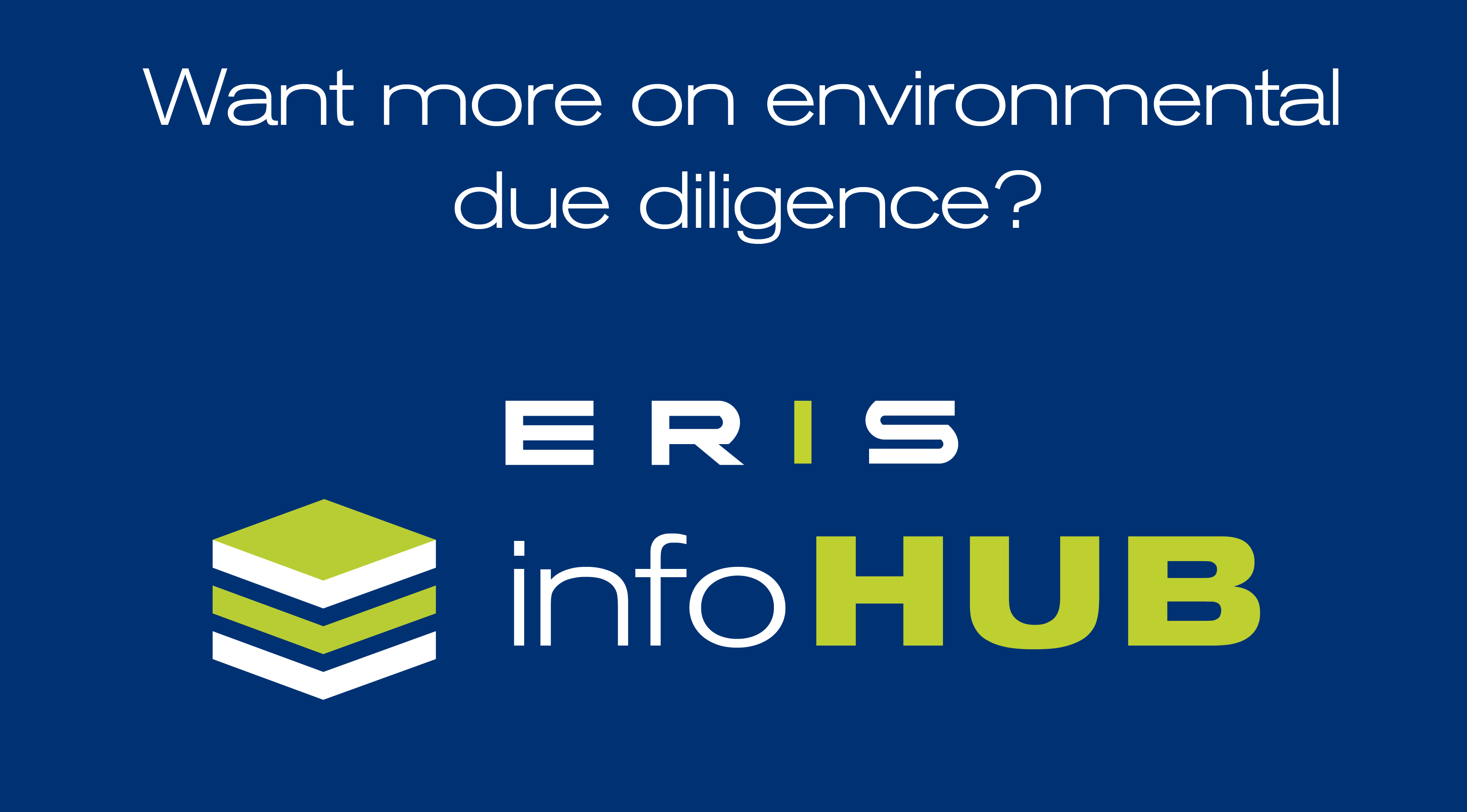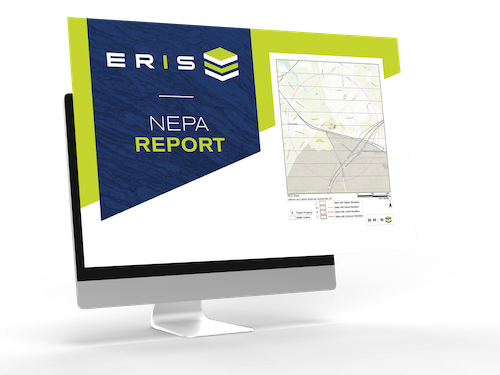IN FOCUS

Tapping into the Energy Transition: Tax Incentives for Clean Energy Projects Benefit Brownfields
The Inflation Reduction Act (IRA) earmarked billions of dollars and introduced many new or modified tax incentives to promote investment in clean energy projects, providing targeted support for Energy Communities. These communities have faced coal mine or coal-fired power plant closures and are experiencing high unemployment rates.
Environmental professionals and developers engaged in projects involving clean energy should be aware of the substantial tax incentives available, including bonus tax credits for eligible brownfield sites.
Clean Energy Investment Tax Credits
 Under IRA, the extended and modified Investment Tax Credit provides an attractive 30 percent credit for qualifying investments in various clean energy projects, including solar, geothermal, small wind, fuel cell, microturbine, energy storage, waste energy recovery, biogas, microgrid controllers, electrochromic glass, and combined heat and power properties.
Under IRA, the extended and modified Investment Tax Credit provides an attractive 30 percent credit for qualifying investments in various clean energy projects, including solar, geothermal, small wind, fuel cell, microturbine, energy storage, waste energy recovery, biogas, microgrid controllers, electrochromic glass, and combined heat and power properties.
Projects must meet prevailing wage standards and employ qualified apprentices from registered apprenticeship programs to get full credit, otherwise, the credit drops to 6 percent.
Bonus Credits for Energy Communities, Including Brownfields
Projects in an Energy Community can secure an additional 10 percent “bonus” investment tax credit, resulting in a total credit of 40 percent of the project investment costs.
Importantly, Energy Communities also include brownfield sites, as defined in Internal Revenue Service (IRS) guidance issued in April, which clarified eligibility criteria for its bonus tax credits. The guidance relies on the definition of brownfields under the federal superfund law: “real property, the expansion, redevelopment, or reuse of which may be complicated by the presence or potential presence of a hazardous substance, pollutant, or contaminant and certain mine-scarred land."
It also includes a broader “brownfields" safe harbor category, expanding eligibility to sites previously assessed as such by federal, state, territory, or federally recognized Indian tribal brownfield resources. Alternatively, confirmation of hazardous substance presence through an ASTM E1903 Phase II Environmental Site Assessment or completion of an ASTM E1527 Phase I ESA for smaller projects can also qualify a site as a brownfield for this purpose. In a follow-up June guidance document, the IRS clarified that to qualify for the safe harbor provision, the Phase I must identify the presence or potential presence of a hazardous substance, pollutant, or contaminant as defined by CERCLA.
Stackable Credits
Projects in low-income communities or on Tribal land are eligible for a bonus investment tax credit of 10 percentage points. This credit is increased by 20 percent for facilities that are part of certain federally subsidized housing programs or that offer at least 50 percent of the financial benefits of the electricity produced to low-income households. Other tax credits are available, including a 10 percent credit for using domestically manufactured equipment. Certain combinations of these credits can be “stacked" for up to 70 percent total credit.
Other IRA tax credits that may be of interest include:
CRE MARKET UPDATE
The Latest Market Updates in the U.S. Commercial Real Estate Industry
High interest rates and the fear of recession continue to weigh on asset values and the fundamentals for the U.S. commercial real estate market in 2023. According to CBRE Research, the higher cost of capital and weakening fundamentals generally lower asset values by an average of 10%. Commercial real estate investment four-quarter volume ending Q1 2023 decreased by 33% to $594 billion. Still, that is 15% above the 2015-2019 pre-pandemic average of $517 billion. Institutional and cross-border investors were net buyers, while REITs and private investors were net sellers. Multifamily remained the favorite by investors with $25 billion in transaction volume in Q1, followed by industrial and logistics with $18 billion. (Fig 1, 2 & 4)
Greater Los Angeles continued to be the preferred market for real estate investment in Q1 2023, with a total investment volume of $51 billion, followed by New York with $42 billion and Dallas/Ft. Worth $31 billion. Nashville had the lowest drop in transaction volume at 13% of the top 20 markets in Q1. (Fig 3)
Source: CBRE Research, MSCI Real Assets, Q1 2023.
To view larger images and dive deeper into the data, click on the images above.
Latest Developments
NEPA Amendments in Fiscal Responsibility Act May Streamline Permitting Process
On June 3, President Biden signed into law the Fiscal Responsibility Act of 2023 (FRA), which, in addition to suspending the public debt limit until 2025, significantly amends the National Environmental Policy Act (NEPA), resulting in the most substantive changes since the law’s passage over 50 years ago. NEPA requires federal agencies to assess potential environmental impacts when determining whether to approve or deny a federal permit for activities such as construction or land development projects. The amendments aim to streamline environmental reviews, making it easier to obtain federal permits.
Under NEPA, agencies conduct environmental assessments (EA) to determine whether a particular action warrants a more detailed environmental review. If the action is deemed a “major federal action,” the agency must prepare an environmental impact statement (EIS).
The amendments, for the first time, defined under the statute a “major federal action” as “an action that the agency carrying out such action determines is subject to substantial Federal control and responsibility.” Previously, the “major federal action” threshold was if an action was potentially subject to federal control and responsibility. This narrower definition might mean fewer actions trigger NEPA review.
Also, a reasonableness standard has been codified, limiting the scope of environmental reviews. The amendments establish page limits and enforceable deadlines for agencies to complete EAs and EISs. The EA deadline is one year and 75 pages; the EIS deadline is two years and 150 pages.
While the NEPA amendments should make the permit application process easier, the new language will likely be subject to future judicial review. More analysis is available here and here.
Whiplash: Another Supreme Court Ruling on Waters of the U.S.

The question of when a body of water is subject to federal regulation under the Clean Water Act (CWA) has been uncertain for years. While water bodies regulated by EPA include lakes, rivers, and streams, the CWA notably omits the term “wetlands," which has been the subject of legal controversy for decades.
The statute prohibits discharging pollutants into “the waters of the United States" (WOTUS) without a permit, implicating activities such as fill for development, water resource projects (such as dams and levees), infrastructure development (such as highways and airports), and mining projects. Several Supreme Court decisions on the issue, and shifting definitions, have left stakeholders, including developers, unsure about their CWA legal obligations.
The Supreme Court's most recent decision addressing WOTUS and wetland requirements is Sackett v. Environmental Protection Agency. In Sackett, EPA told the landowners that the backfilling of their property with dirt for home construction violated the CWA because it contained jurisdictional wetlands. While the lower courts held that the wetlands in question were subject to CWA regulation based on the significant nexus standard, all nine Supreme Court justices disagreed.
The Sackett ruling prohibits EPA from regulating wetlands that don't have a continuous surface connection with a navigable body of water. Consequently, the federal government only has jurisdiction over a wetland if it is “difficult to determine where" a permanent body of water (like a lake or river) ends “and the 'wetland' begins."
Despite the 9-0 ruling, there wasn't consensus on what a regulable body of water is; the five-justice majority opinion relied on a prior plurality decision in Rapanos v. U.S. to adopt the current standard. As such, the decision rejects a Biden administration rule based on the broader “significant nexus" standard, which gave EPA jurisdiction when a wetland significantly affected “the chemical, physical, or biological integrity of traditional navigable waters, the territorial seas, or interstate waters."
Ultimately, Sackett narrows CWA jurisdiction, removes some federal regulatory hurdles for landowners seeking development permits, and sets a much clearer standard for when the CWA applies. However, EPA quickly announced plans to issue a new final rule by September 1.
Look for ERIS' interview with Holland & Knight attorney Rafe Petersen in an upcoming podcast on the WOTUS rule and decision.
Best Practices for ESG Compliance Programs

During a recent webinar produced by STP ComplianceEHS, industry experts provided valuable insights on the key factors that drive the establishment of ESG (Environmental, Social, and Governance) programs within organizations. The experts Craig Roberts (Glacier Media Group), Teresa Sabol Spezio (Specialty Technical Consultants) and Frank Skiba (STP ComplianceEHS), delved into global trends, stakeholder expectations, investor sentiment, and regulatory requirements. They explored the challenges and opportunities of ESG compliance and discussed strategies for aligning ESG programs, engaging middle management, and demonstrating business benefits of embracing ESG principles, such as cost savings, competitiveness, and reputation enhancement.
Key Takeaways
- Reliable and relevant data is crucial for measuring and reporting on ESG performance.
- Establish a diverse cross-functional team to develop and implement your ESG program.
- Conduct a materiality assessment to identify the most relevant ESG issues for your business and stakeholders.
- Foster an ESG-driven culture to build enthusiasm and willingness to take on ESG work.
- Continuously review and refine your ESG program based on new regulations, emerging trends, and stakeholder feedback.
Learn more about best strategies for staying informed on the latest ESG regulatory changes.
State Developments
New Jersey’s New Flood Protection Rule Will Impact Construction Projects
New Jersey’s new inland flood protection rule is intended to mitigate the effects of extreme weather events precipitated by climate change. The rule sets standards and requirements for new construction projects and the modification of existing buildings in flood-prone areas. Specifically, the rule:
- • raises flood elevation standards,
- • requires the use of future projected precipitation to calculate flood elevation,
- • ensures that flood hazard area permits meet or exceed minimum requirements under FEMA’s National Flood Insurance Program,
- • requires stormwater best management practices to manage runoff for current and future storms, and
- • changes the methods for making stormwater calculations.
Connecticut’s Environmental Condition Assessment Form Now Requires PFAS Disclosure
The Connecticut Department of Energy & Environmental Protection recently added a section to its Environmental Condition Assessment Form (ECAF) that requires disclosure of historical activities indicating the potential presence of PFAS or other emerging contaminants, including 1,4–Dioxane. Anyone who enters a site into a voluntary remediation program must use this new form. It must also be used with any real estate or business transaction subject to the Connecticut Transfer Act, which requires the disclosure of environmental conditions when certain properties and businesses are transferred. The updated ECAF took effect May 31, 2023. Connecticut property owners will need to change the way they conduct environmental assessments to meet this requirement.
New Alabama Brownfields Law
A new Alabama law incentivizes the redevelopment of brownfield sites by limiting buyers’ liability for existing environmental damage. Specifically, owners can voluntarily work with the Alabama Department of Environmental Management to have their property assessed for pollution. The cost is $500 per acre, which goes toward remediation expenses (capped at $4 million per property). The benefit of having a property assessed is that buyers will only be held liable for damage done to the property from the time they take ownership. The new law will also make it easier for owners to sell assessed properties, giving prospective buyers peace of mind about the extent of their environmental liability.
ASTM Developments

New EP Certification Program Under Development
ASTM International is in the final stages of developing a certification process designed for environmental professionals (EPs), which is expected to be finalized by the end of 2023. This certification process will comprise three components: individuals must meet the education, training, and experience criteria outlined in 40 CFR 312.10, complete a training course, and successfully pass an examination to attain the certified EP status.
New Standard Guide for Drone Assessments of Commercial Real Estate Under Development (WK86230)
ASTM International's Subcommittee E50.02 on Real Estate Assessment and Management is developing a new standard that “will create standardized baseline guidance and terminology for the capture, evaluation, and delivery of drone flight imagery" to support commercial real estate assessment and management objectives.
The standard is in the early stages of development. The committee is gathering information via a survey to better understand the use cases and current practices in the industry before further assessing the scope/content of the standard(s).The rough timeline for finalizing WK86230 is by the end of 2024. Michael Sowinski (Terradex) and Jim Bartlett (Bureau Veritas) are the work group committee co-chairs.
New Guide for Environmental, Social, and Governance (ESG) Disclosure Related to Climate and Community in Final Balloting Stages (WK77095)
This new ESG disclosure standard, which falls under the jurisdiction of ASTM’s Subcommittee on Climate and Community (E50.07), is currently in the balloting process. The committee is addressing comments, and the next (third) concurrent subcommittee and main committee balloting is slated for August 2023.
The standard aims to improve the users’ understanding of ESG disclosure frameworks and outline federal, state, tribal, local, and global regulatory requirements and guidelines for disclosures. According to the draft scope, the guide can also be used when there may not be a regulatory requirement or framework for disclosure, for voluntary disclosures, and to help organizations standardize their efforts when various disclosure requirements apply.
The work group committee chair is Eileen Schneider (Alpha Analytical Inc).
LENDERS' CORNER
Lenders Take a More Active Approach to Identifying Physical Climate Risks at an Asset Level
 With the U.S. Securities and Exchange Commission (SEC) expected to adopt final rules requiring detailed disclosure for climate-related risks and opportunities by the end of the year, we're starting to see lenders take a more active approach to identifying and monitoring physical climate risk at an asset level.
With the U.S. Securities and Exchange Commission (SEC) expected to adopt final rules requiring detailed disclosure for climate-related risks and opportunities by the end of the year, we're starting to see lenders take a more active approach to identifying and monitoring physical climate risk at an asset level.
Generally, ESG encompasses a complex number of interrelated variables for lenders to navigate with climate arguably being the most significant risk. Inadequate or poor reporting on climate risk could represent a substantial credit loss for lenders who fail to address these requirements before it’s too late.
Site-specific climate data is becoming more essential as lenders and property owners begin to measure associated climate risk for their assets over the next 30 or more years. Having access to this data, like that found in ERIS' Climate Risk Assessment Reports (powered by ClimateCheck), allows lenders to make better, more informed decisions. Measuring hazards like flood, drought, precipitation, heat, and fire helps to ensure that proper due diligence is being conducted and helps to avoid potentially funding a deal with increased risk.
Several REITs and investment funds have already begun using this type of data to support their transactions. It’s only a matter of time before banks begin to incorporate these metrics into their underwriting policies as well.
Managing an Environmental Risk Department Through Uncertain Economic Times
 In a recent podcast episode, ERIS’ Dave Colonna, Director of Lender Services and John Rybak, Senior Vice President and Environmental Risk Manager, Truist Financial, delved into the fine art of risk management and strategic planning during times of economic uncertainty with a focus on addressing slowdowns and the importance of properly managing risk.
In a recent podcast episode, ERIS’ Dave Colonna, Director of Lender Services and John Rybak, Senior Vice President and Environmental Risk Manager, Truist Financial, delved into the fine art of risk management and strategic planning during times of economic uncertainty with a focus on addressing slowdowns and the importance of properly managing risk.
Key Takeaways
1. Understand the difference between an economic slowdown and market crash: The current slowdown in the economy is not indicative of a market crash like the one experienced in 2008/2009. It is a temporary disruption that requires a different approach in managing strategies and expectations for lenders and environmental risk departments.
2. Focus on service and timing: With fewer deals being conducted during a slowdown, the priority shifts to providing exceptional service and timely responses. By delivering excellent service and demonstrating responsiveness, lenders can maintain strong relationships and navigate the challenges that reduced transaction volumes present.
3. Prioritize quality over price: While price is important, lenders should prioritize quality when selecting consultants. It is crucial to choose consultants who offer guidance, differentiate between minimal risks and significant issues, and provide added value through their expertise.
4. Consultants as trusted partners: Lenders rely on consultants as trusted partners who provide valuable insights, recommendations, and guidance. Building strong relationships with reputable consultants allows lenders to access their expertise, leverage their knowledge, and make informed risk decisions.
You can hear the full discussion with John Rybak, here.
Featured ERIS Data Set
ERIS Enhances NEPA Reports with Expanded Coverage
When a project requires compliance with the National Environmental Policy Act (NEPA), the new ERIS NEPA Report can serve as an invaluable first step in the required environmental impact analysis. This report is an essential tool that provides critical information for evaluating the potential effects of proposed actions on the natural and human environments.
The ERIS NEPA Report identifies the receptors critical to an environmental impact analysis, covering a wide range of factors such as wildlife refuges, critical habitats, floodplains, rivers, wetlands, as well as natural and historical landmarks and sites – all now more than ever affected by climate change – and important community resources like cemeteries, nursing homes, hospitals, and schools.
The report includes information about Federal Communication Commission (FCC) sites (e.g., communication towers) and Federal Aviation Administration (FAA) sites, historic sites, natural areas, sensitive receptors, special status species, as well as FEMA and National Wetlands Inventory maps.
For projects in Texas, the ERIS Special Status Species Report includes critical habitats, rare, threatened, and endangered species specific to Texas; Texas Natural Diversity Database Element Occurrences; and wildlife-managed areas.
Click here to order the NEPA Report, or for more information, please reach out to your Regional Account Manager.
Spotlight On

Maggie Losoya, Regional Account Manager, ERIS
Special Profile: Meet Maggie Losoya
Regional Account Manager for the West (California, Hawaii, Washington, Oregon, Nevada, and Alaska), Maggie joined ERIS in May 2022 and has been dedicated to providing the best service to our valued clients ever since.
With a background in environmental consulting, Maggie excels in delivering accurate and timely solutions to clients, earning their trust along the way.
Maggie grew up in Wisconsin. She is a dedicated mother to two lively kids and actively supports their interests in golf and hockey. She enjoys creating lasting memories with her family through thrilling adventures, whether it's exploring Disneyland or marveling at the wonders of Zion National Park. Maggie's husband, Joe, is an active-duty Navy pilot who flies the MH-60 helicopter. Maggie is also part of the Navy Reserves, having received her commission as an Intel Officer. Despite the sacrifices required by their dual military status, they feel fortunate to have a strong support system of family, friends, and a company like ERIS that values Maggie's dedication to service. The family’s home base of stunning San Diego adds positivity to their journey.
Maggie is proud to be part of the ERIS team, a close-knit family that celebrates personal successes and strives for innovation. She takes great pride in contributing to solutions that tackle global issues such as climate change, pollutants, and health risks.
In her leisure time, Maggie loves to unwind with fish tacos with a margarita on the side and take long walks while enjoying California's sunshine.
Click here to read the full profile.


